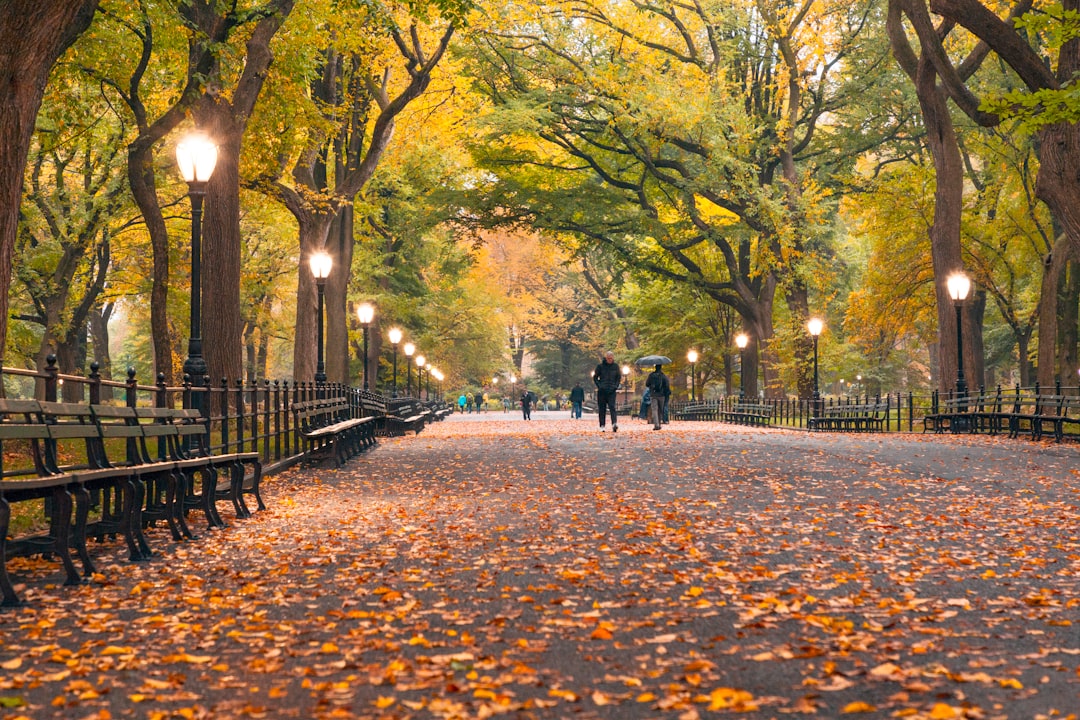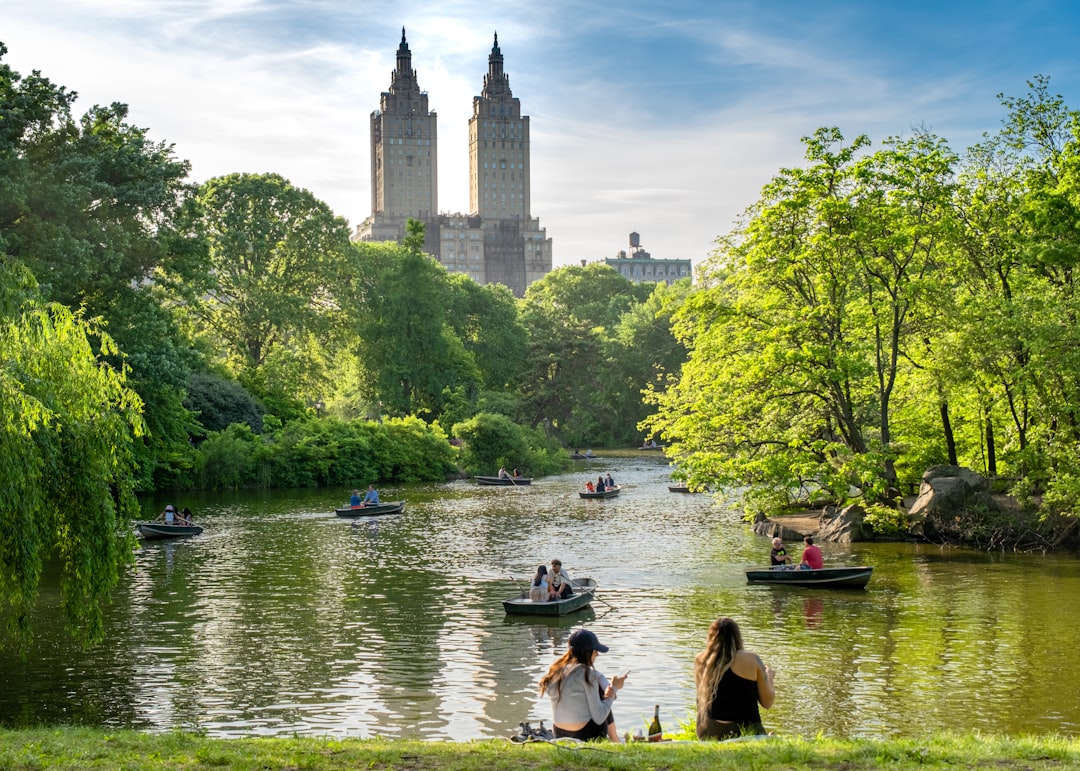Central Park Secrets (Free Guide)
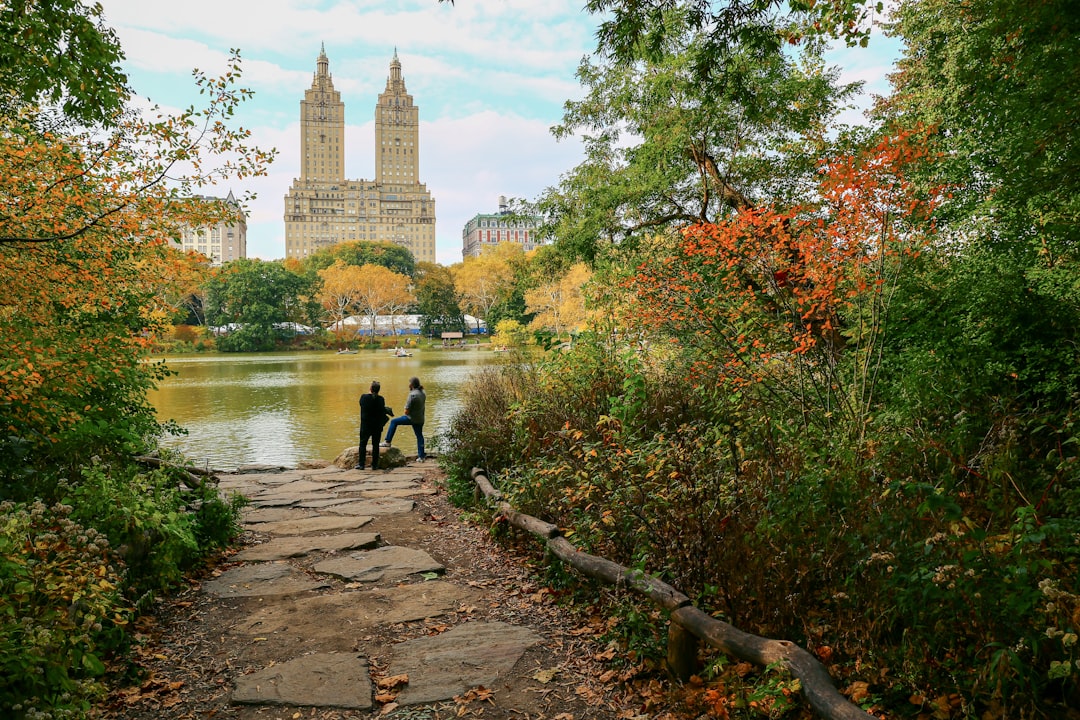
Intro
I have run every path in Central Park multiple times (for real). Here's a map of all my runs for just one year:
I've literally spent years exploring Central Park, and along the way, I've found lots of lesser-known secrets and interesting spots. Read on for a list of some of my favorites (you can see a few others in the video).
Watch the video
Note, the video was posted in 2016, so a few things have changed since then. This guide is the updated version. Enjoy!
Follow the map
Want a map to help you discover these secrets? If you want to see everything in the video, you'll cover over 6 miles.
The Ultimate Central Park Guide
And if you want to see EVERYTHING in Central Park, use this guide:
Ok, here are my top 12 Secrets in Central Park:
1. Hallett Nature Sanctuary
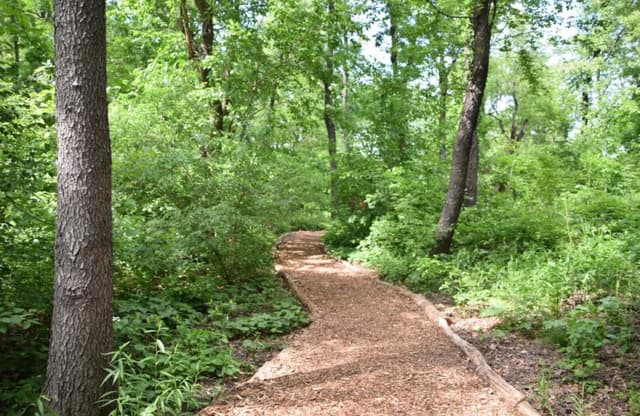
Why is this a secret?
It only has one entrance and it's not obvious. Most people get distracted by the Pond, Gapstow Bridge, and Wollman Rink, and they never go back to the nature sanctuary.
2. Rat Rock (Umpire Rock)

Why is this a secret?
It's one of the largest outcroppings in Central Park, so the rock itself is not a secret. But there are actually two secrets here. First, this is a great place for bouldering. Didn't know you can go bouldering in Central Park, did you? Second, this is one of the best places to see the the glacial striations that were formed thousands of years ago. So take a closer look at the rock and you'll see lots of grooves.
3. The Survey Bolt
No place card on this one. If you want to find it, you're going to have to search.
Back in 1809, surveyors used these bolts to mark where each intersection of Manhattans grid system of roads would be. But this particular intersection was never realized because it became part of Central Park in 1858. So it's just been sitting there in this rock for over 200 years.
Why is this a secret?
Central Park wants to keep the location a secret for fear of someone stealing it or vandalizing it, so if you want to find it, draw some lines to extend the streets across the park and find where they would cross each avenue. I'll give you a hint, it's in the 60s.
4. The Ramble Cave

You can find the cave by using the [➡️Go] button in the place card above (click the card, scroll down, you'll see it).
Why is this a secret?
Because it's so secluded and impossible to see unless you're really looking for it, nobody goes here. Somehow, it recently popped up as a location pin on Google Maps, so that's helpful if you're trying to find it. I've been down to the cave a dozen times or so and there's never been anybody there, but I always feel like there might be and it gives me a little adrenaline rush each time because you never know if you're going to run into a homeless person or someone doing drugs or something.
5. Shakespeare Garden

Why is this a secret?
The garden itself is not necessarily a secret. It's certainly not as popular as the Conservatory Garden, but it's not completely unknown either. You can find it tucked in on a hill behind the Swedish Marionette Theater and the Delacorte Theater, easily accessible off West Drive at 79th Street.
The secret is in the specific flowers, herbs, and trees that make up the garden. Each plant was named in one of Shakespeare's plays.
Also, see if you can find the sundial here. Bonus points if you're there when it's actually working (not daylight saving time, and during the hour-long window where the sun shines on it).
6. The Whispering Bench

Why is this a secret?
Not only is it pretty secluded (it's behind some trees and down a few stairs), but most people are drawn to either the Shakespeare Garden below it, or Belvedere Castle right next to it. Few people stop here, so it's actually a great place to sit and relax in the shade. But the real secret is that if you whisper into one side of it, the sound travels all the way around to the other side, 20 feet away.
Central Park is massive. It's 843 acres and spans 51 blocks by 3 avenues. It is SO easy to get lost. In fact, some areas, like the Ramble and the North Woods, are designed specifically to help you get lost. But if you're ever unsure about where you are, find the nearest lamppost. There's a secret in the code engraved on each pole that will tell you where you are.
Why is this a secret?
In tiny numbers attached to the side of each lamppost is an address of sorts. It looks like a serial number, so most people don't think anything of it (if they even notice it at all). It's a secret because few people know how to read the code. But once you know the trick, it's really easy to figure out where you are.
There are always four numbers. The first two tells you the Street you'd be on if the streets crossed the Park. The second two numbers tell you which side of the Park you're on: odd numbers on the West side, even numbers on the East side. Those numbers go up as you go toward the center of the park. So in the pictures above, the first lamppost could be found around 60th Street pretty close to the West side, and the bottom right one is on 61st Street close to the middle of the Park on the East side.
The top right lamppost is found on the loop road (6.1-mile road that circles Central Park). For those lampposts, the second pair of numbers don't mean anything. They just count up to 4. That lamppost is clearly at West 79th Street (you can tell from the W).
8. Seneca Village Foundation (is not a foundation)
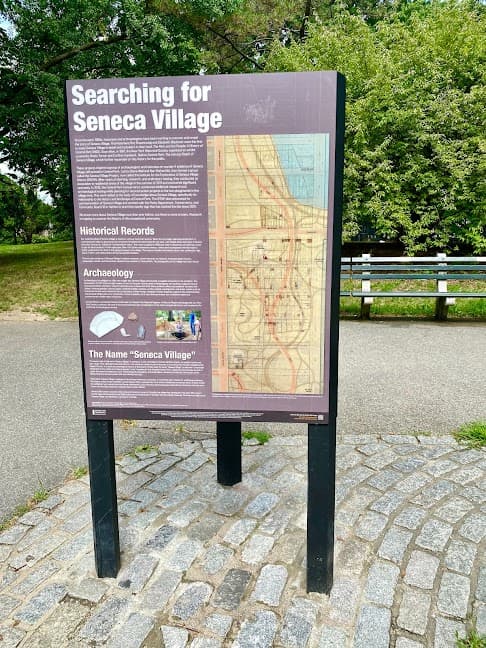
Why is this a secret?
Most people who show you Seneca Village (including me, in the video) will point out a foundation from a building that has emerged (you can see it in the second picture of the place card above). Turns out that's not from Seneca Village at all. It's a sandbox from the 1930s! Before the Park had playgrounds, they installed a bunch of sandboxes for children to play in, and they were all bordered by these granite stones. And for proof, this sandbox is actually on a Central Park map from 1939. I've seen it. It's faint, but it's there:
9. The Loaded Cannon

Why is this a secret?
The cannon here sat on display for 130+ years, until in 1996 the Park took it to storage to avoid vandalism. When they were restoring it in 2013 to put it back on display, the workers found almost 2 pounds of live gunpowder inside, along with a cannonball and wadding. That's right, it sat, fully loaded on top of a hill for over a 130 years. 🤯
10. Mt St Vincent Ruins
The image above comes from a map of Central Park in 1865. Perched on a hill on the East side at about 105th Street sat the grand Academy of Mount St. Vincent, a convent, hospital and school run by the Roman Catholic Sisters of Charity. The nuns left when the area became Central Park, but the building remained and was transformed into a ritzy restaurant and hotel. Sadly it burned down in 1881.
Why is this a secret?
Click the link below if you want to read more about what the hill is used for now.
11. The Blockhouse
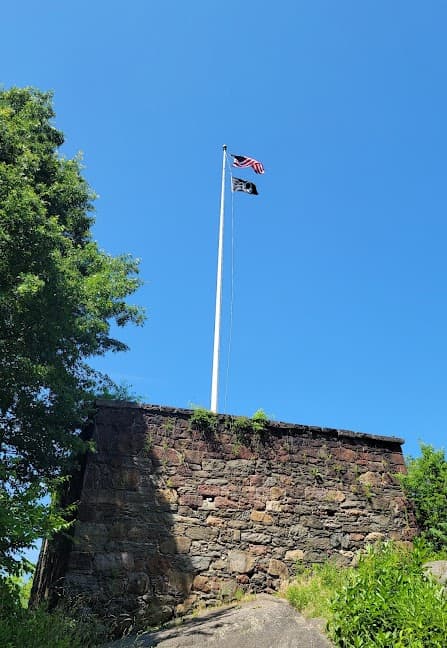
Why is this a secret?
It's also locked, so you can't explore in it or climb on it. I would love for the Park to open it up so we can go inside. I bet the view from the top would be incredible! I mean, it was built in this specific location because you could see everything to the North.
I hope you enjoyed these secrets of Central Park.
Remember to leave a tip if you felt like this guide was valuable to you. 💸 (The tip button is at the top.)
Check out some of my other Central Park guides.
The home for unique & authentic travel


